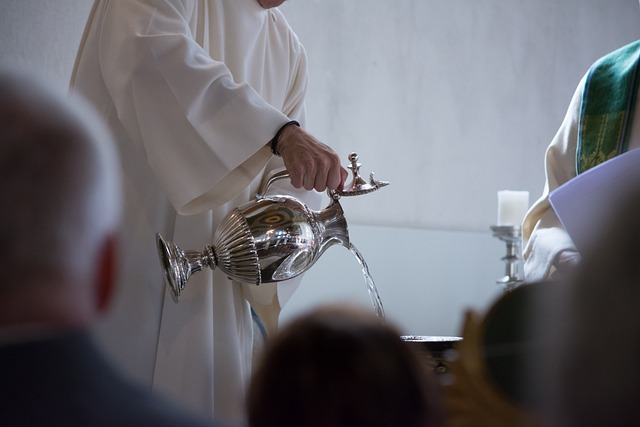The concept of love worship transcends mere sentiment; it delves into the intersections of faith, intimacy, and communal bonds. Various religions around the globe feature intimate rituals devoted to love worship, highlighting the significance of affection not only toward a divine power but also toward one another. Love, in essence, serves as a divine conduit, fostering unity and compassion among individuals.
In Christianity, one can witness expressions of love worship through the sacrament of marriage. Couples often stand before their community and proclaim their love, a moment steeped in grace and sacredness. These vows are not merely personal; they resonate within the congregation, underscoring the collective supportive role that faith communities play in nurturing love. The ideal of “agape,” an unconditional love for all, runs deep in Christian tradition, reinforcing how love worship is intertwined with faith.
In Hinduism, love worship takes on a more vibrant form through the celebration of festivals like Raksha Bandhan and Holi, which are steeped in symbolic gestures of affection. Raksha Bandhan is a celebration of the bond between brothers and sisters, encapsulating familial love, while Holi, the festival of colors, celebrates love in its many forms, including the romantic love exemplified by the divine couple, Radha and Krishna. These rituals encourage not only the expression of love within gendered relationships but also extend to the broader community, creating an atmosphere of joyous togetherness.
Islam too has a profound approach to love worship, where the attributes of Allah emphasize love, mercy, and compassion. The practice of Dhikr, remembering and praising God, often transforms into an act of love worship, where individuals connect deeply with their Creator, fostering a reciprocal relationship that enhances their love for others. Stories from the lives of the Prophets, particularly their relationships with their families and communities, underscore the significance of love and compassion in Islam, presenting love as a guiding principle of faith.
Buddhism, while less centered on a deity, proposes a model of love worship through the practice of Metta, or loving-kindness meditation. This practice cultivates an attitude of unconditional love towards oneself and others, transcending boundaries of attachment and desire. By promoting an inner sense of peace and love, practitioners often find themselves more compassionate and open-hearted in their relationships—both with themselves and the world around them.
Love worship rituals encapsulate the essence of human experience, highlighting our yearning for connection, understanding, and belonging. Across various religions, these practices remind us that love is sacred, serving as a foundation for moral values and ethical living. By engaging in love worship, we immerse ourselves in a shared history and communal identity that brands our hearts with joy, hope, and a fundamental appreciation for the complex web of relationships that bind humanity together.
In exploring the sacred art of love worship, we unveil the profound interconnections between faith and affection, discovering rituals that not only celebrate divine love but also the beauty of human relationships. Whether through prayers, vows, or community gatherings, love worship remains a central theme that evokes deep emotions and fosters a sense of belonging, a necessary balm in today’s rapidly changing world.



